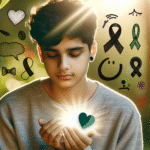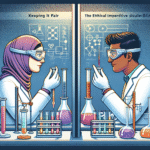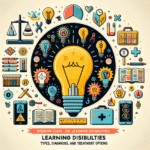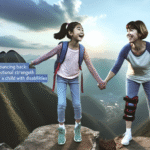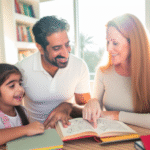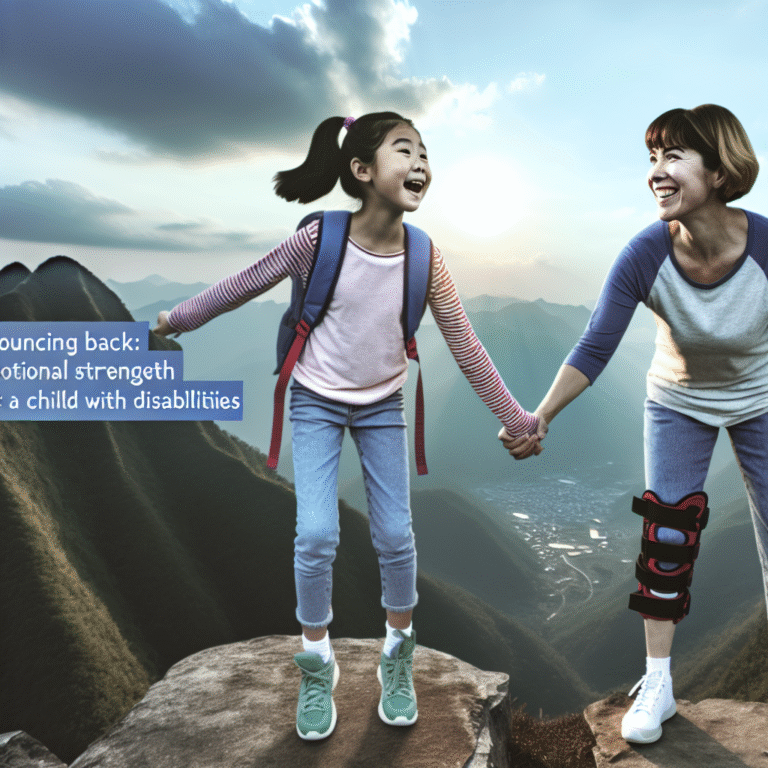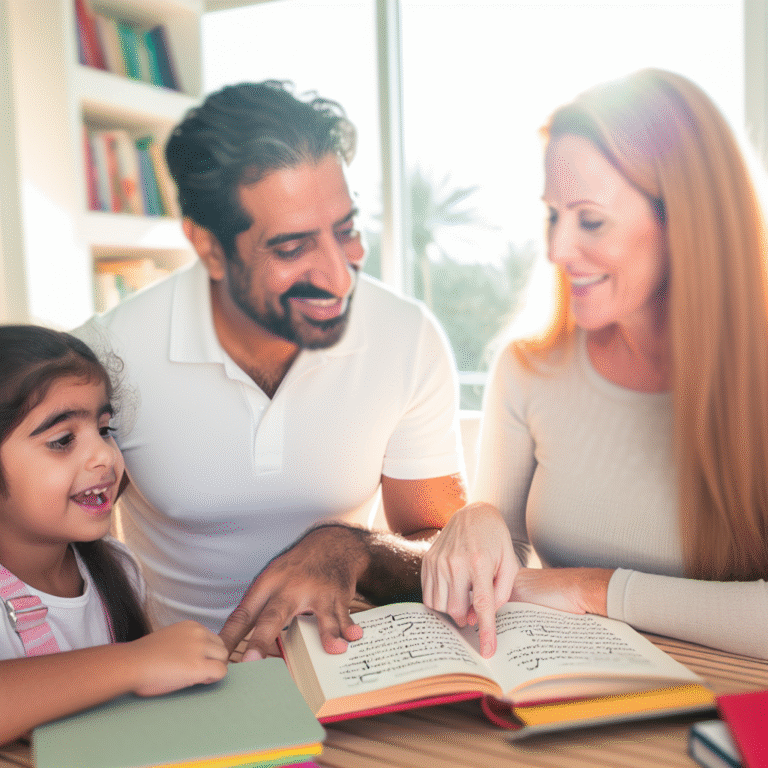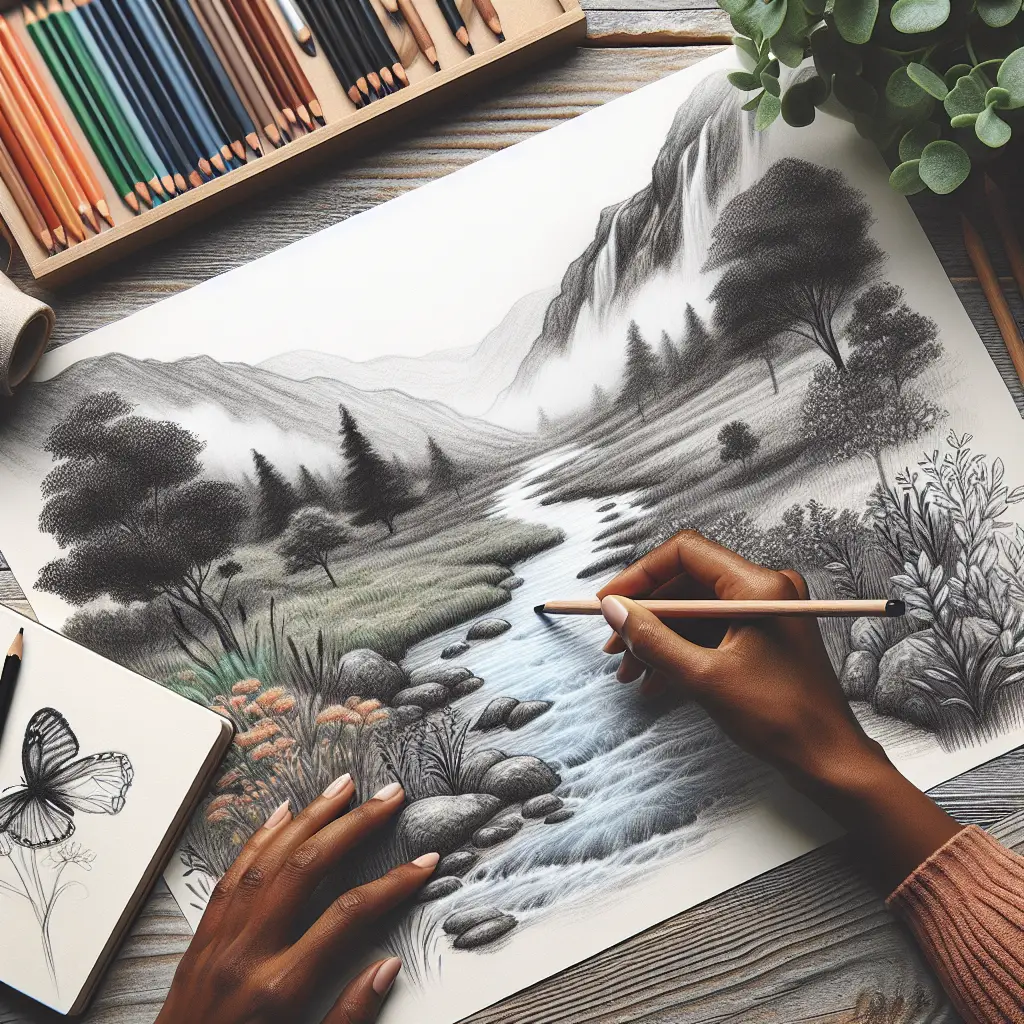
Unlocking Tranquility: 10 Art Therapy Techniques to Combat Anxiety
In today’s fast-paced world, anxiety seems to be an unwelcome companion for many people. The overwhelming nature of daily stressors can affect mental well-being, leading to mental fatigue, emotional turmoil, and a disconnection from one’s inner self. While various approaches exist to manage anxiety, art therapy has emerged as a powerful tool to foster emotional resilience. This article explores Unlocking Tranquility: 10 Art Therapy Techniques to Combat Anxiety, offering invaluable insights into how these creative methods can help soothe the mind and restore peace.
The Power of Art in Ease
Art has long served as a medium for expression, and its therapeutic potential has been recognized more widely in recent years. Art therapy goes beyond mere creative expression; it taps into the subconscious, allowing individuals to process emotions that may be difficult to articulate. By using various art forms, individuals can engage in a dialogue with their inner selves, unlocking tranquility and circumscribing anxiety.
The Importance of Art Therapy
Art therapy provides tools for emotional regulation, self-discovery, and healing. It is beneficial for both children and adults, and it can be especially impactful for those facing anxiety disorders. The act of creating art allows for a calming escape, offering a tangible focus that distracts from anxious thoughts. Let’s explore ten art therapy techniques that can help combat anxiety.
1. Guided Imagery and Visualization
Method:
Guided imagery involves creating mental visualizations, often facilitated by an art therapist. Participants envision serene landscapes, favorite places, or soothing scenarios, which they then create on paper.
Benefits:
This technique serves as a powerful coping mechanism by diverting attention from anxious thoughts and promoting relaxation and tranquility.
Case Study:
A 30-year-old woman suffering from chronic anxiety found solace through guided imagery. During her therapy sessions, she created visualizations of a calm beach, which became her refuge. This practice led to significant reductions in her anxiety levels during high-stress situations.
2. Collage-Making for Emotional Exploration
Method:
Collage-making involves cutting and combining different images and materials to create a visual representation of emotions. Participants can select images from magazines or personal photographs that resonate with their current feelings.
Benefits:
Creating a collage helps externalize emotions, making them easier to address and understand. It encourages introspection and can reveal underlying issues contributing to anxiety.
Case Study:
In a group setting, participants, many of whom battled anxiety, formed collages representing their fears and aspirations. One participant, a college student, realized through her collage the pressures she placed upon herself. This realization catalyzed positive life changes, demonstrating the power of collage as a therapeutic tool.
3. Mandala Creation
Method:
Mandalas are geometric designs often used for meditation, but they can also be created through art therapy. Participants draw or color their own mandalas using various colors and patterns.
Benefits:
The repetitive nature of mandala creation fosters mindfulness, encouraging individuals to focus on the present moment, reducing anxiety by calming racing thoughts.
Case Study:
A case study with adolescents revealed that regular mandala creation significantly decreased anxiety levels and fostered a sense of control and mindfulness. Participants reported feeling more centered and present after sessions.
4. Expressive Painting
Method:
Expressive painting allows individuals to freely create artworks without judgment or predefined objectives. The focus is on the process rather than the end product, using colors to express emotions visually.
Benefits:
This technique helps in processing feelings that might be too complex to express in words, cultivating emotional release and clarity.
Case Study:
A middle-aged woman used expressive painting to cope with grief after the loss of a loved one. Her artwork revealed layers of emotion that she had been struggling to articulate, ultimately aiding her healing process.
5. Art Journaling
Method:
Art journaling combines writing and creative art-making in a journal format. Participants can document their feelings, doodle, or paint, using the journal as a safe space to express emotions.
Benefits:
This practice promotes self-reflection and provides a tangible outlet for anxiety. The personal nature of a journal fosters an intimate connection with oneself.
Case Study:
Among adults participating in art journaling workshops, many reported improved emotional clarity and expression over time. A participant shared that writing about her struggles with anxiety in conjunction with drawing elevated her self-awareness and became a daily grounding practice.
6. Nature-Inspired Art
Method:
This technique involves creating art using natural materials collected from the environment, such as leaves, flowers, or stones. Participants can use these materials to make eco-art.
Benefits:
Connecting with nature has been shown to reduce stress and anxiety levels. The act of creating with natural elements fosters appreciation for one’s surroundings, inspiring tranquility.
Case Study:
In a retreat setting, participants who engaged in nature-inspired art found tremendous relief from anxiety. A participant spearheaded a project that focused on creating art installations from natural materials, enhancing her connection with both nature and herself.
7. Clay Modeling
Method:
Working with clay provides a tactile experience that can be grounding and calming. Participants can create sculptures or functional objects, allowing for creative expression through touch.
Benefits:
The sensory experience of molding clay helps distract from anxious thoughts, promoting mindfulness and relaxation.
Case Study:
In one case, a young man utilized clay modeling as a therapeutic outlet during difficult periods. The visceral experience of shaping the clay was meditative and allowed him to channel anxiety into a physical form, providing clarity and release.
8. Storytelling Through Art
Method:
This technique combines storytelling and visual arts, where participants create drawings or paintings that illustrate personal narratives or life experiences.
Benefits:
Encouraging storytelling fosters self-exploration, allowing for deeper insight into one’s struggles and triumphs, ultimately mitigating anxiety.
Case Study:
An art therapy group focused on storytelling helped participants, primarily trauma survivors, share their narratives through visual arts. One woman transformed her overwhelming memories into a visual storybook, aiding in her healing journey.
9. Music and Movement Integration
Method:
Combining visual art with music and movement, this technique allows participants to create art while listening to music or dance. The rhythm can inspire an energetic release or introspective calm.
Benefits:
Integrating music with art encourages emotional fluidity. Movement, in conjunction, releases built-up tension, enhancing overall well-being.
Case Study:
In a workshop blending music with art therapy, participants reported significant reductions in anxiety levels. One participant, a dancer, found that this approach allowed her to channel her anxiety into movement, leading to a cathartic creative expression.
10. Digital Art Therapy
Method:
Using digital platforms and tools to create artwork, digital art therapy allows for creativity and self-expression in a modern form. Participants can use apps or software to create art.
Benefits:
Digital platforms offer flexibility and accessibility, making art therapy reachable to broader audiences. It can also appeal to younger generations who are more familiar with technology.
Case Study:
A high school student grappling with social anxiety found solace in digital art therapy. She used virtual tools to illustrate her feelings, ultimately sharing her artwork with peers and fostering communication and connection.
Unlocking Tranquility Through Art Therapy
In exploring Unlocking Tranquility: 10 Art Therapy Techniques to Combat Anxiety, we discover that creativity can serve as a powerful ally. By engaging in these art therapy techniques, individuals can navigate their emotional landscapes, confront anxiety, and foster resilience. Here, the intersection of art and healing provides a unique pathway toward serenity, inviting participants to embrace their journeys.
Conclusion: The Journey to Tranquility
Navigating through anxiety is undoubtedly challenging, but with art therapy, individuals can unlock the tranquility hidden within. The techniques explored offer various ways to connect with oneself, process emotions, and cultivate a more profound sense of peace. By embracing creativity, anyone can take actionable steps toward managing their anxiety and enriching their emotional well-being.
FAQs Section
What is art therapy?
Art therapy is a therapeutic practice that uses the creative process of making art to improve a person’s mental, emotional, and social well-being.Can art therapy be effective for children?
Yes! Art therapy can effectively help children express their emotions, improve self-esteem, and develop coping mechanisms for anxiety.Do I need to be an artist to benefit from art therapy?
Not at all! Art therapy focuses on the process of creation rather than artistic skill. Anyone can engage in art therapy, regardless of their artistic ability.How often should one practice art therapy techniques?
The frequency can vary based on individual needs. Many find that regular sessions or daily practice can lead to better emotional regulation and mindfulness.- Is art therapy a substitute for professional mental health treatment?
Art therapy can be a complementary approach to traditional therapy, but it should not replace professional mental health treatment if needed. Always consult a licensed therapist.
By incorporating the Unlocking Tranquility: 10 Art Therapy Techniques to Combat Anxiety into daily life, individuals can find hope and healing amidst the chaos, gradually nurturing their true essence and serenity. Embrace the power of art, and take the first step towards a tranquil future!
